Flatbed trailers play a pivotal role in the logistics and transportation industry, providing versatility and efficiency for a myriad of cargo types. Understanding the size of a flatbed trailer is essential for manufacturers, shippers, and logistics managers alike. This guide covers everything you need to know about flatbed trailer sizes—educating consumers, enhancing decision-making, and fostering optimal operational efficiency.
What is a Flatbed Trailer?
A flatbed trailer is a non-enclosed transport vehicle with a flat loading surface and no sides or roof. This design allows for easy loading and unloading from the top, sides, or rear. Generally used for transporting heavy and oversized loads, flatbed trailers are favored in construction, agriculture, and heavy machinery sectors.
Common Uses of Flatbed Trailers
- Construction Materials: Steel beams, lumber, and concrete blocks.
- Heavy Machinery: Bulldozers, excavators, and industrial equipment.
- Vehicles: Cars, trucks, and other motorized vehicles.
- Large Equipment: Agricultural machinery, such as tractors and harvesters.
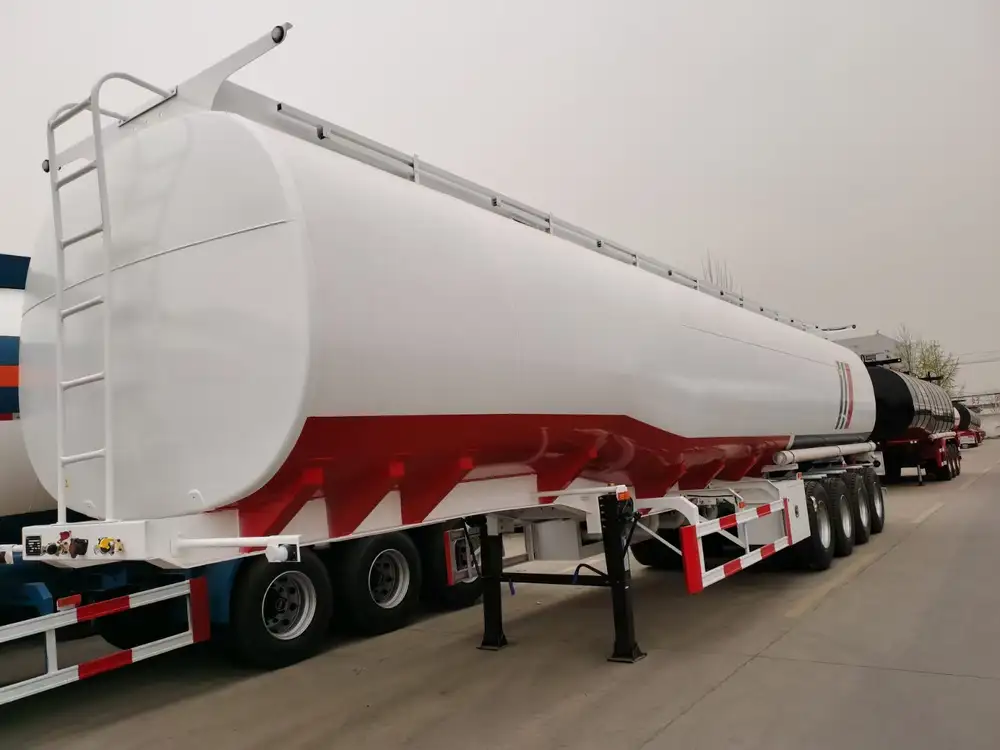
Standard Flatbed Trailer Sizes
Flatbed trailers come in various sizes, accommodating different load requirements and regulations. Here are the most common dimensions:
| Trailer Type | Length (ft) | Width (ft) | Height (in) | Payload Capacity (lbs) |
|---|---|---|---|---|
| Standard Flatbed | 48 – 53 | 8.5 | 5 – 6 | 48,000 – 52,000 |
| Step Deck Flatbed | 48 – 53 | 8.5 | 10 – 12 | 48,000 – 52,000 |
| Removable Gooseneck | 40 – 50 | 8.5 | Varies | 50,000 – 60,000 |
| Drop Deck | 48 – 53 | 8.5 | Varies | 40,000 – 45,000 |
Key Differences in Trailer Types
- Standard Flatbed: Most common type, great for general freight.
- Step Deck Flatbed: Features a lower deck height, allowing for taller loads.
- Removable Gooseneck (RGN): Provides flexibility to accommodate tall machinery, as the neck can be detached.
- Drop Deck: Similar to a step deck but allows for higher payloads without exceeding height limitations.
Factors Influencing Flatbed Trailer Size Selection
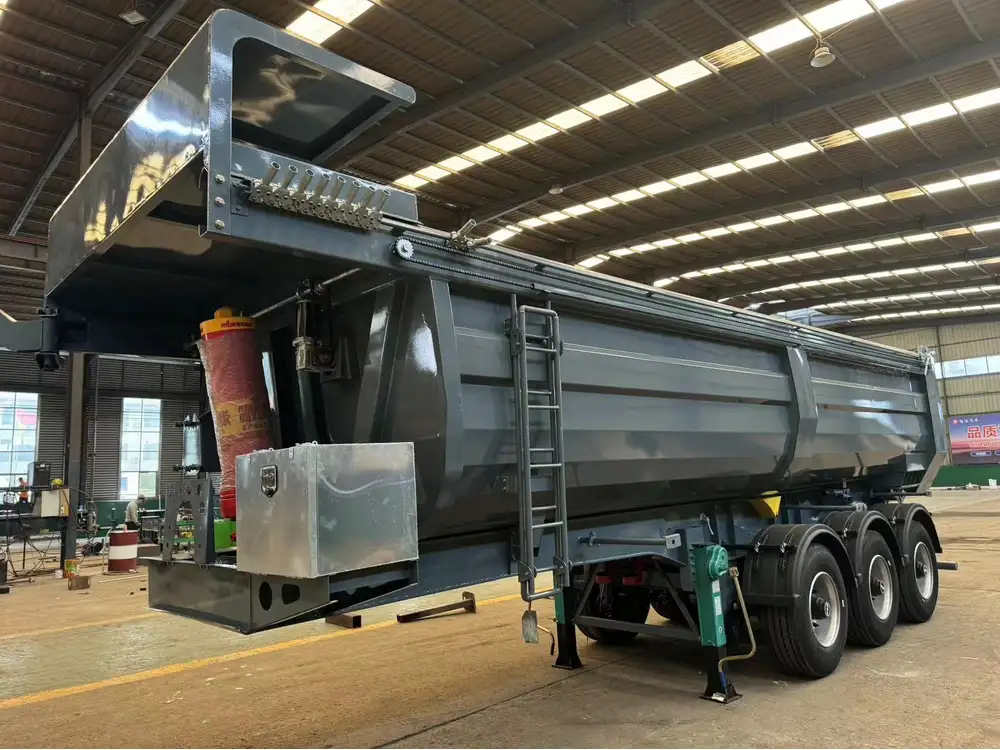
1. Load Dimensions
Selecting the right flatbed size depends predominantly on the dimensions of the cargo. Length, width, and height should be taken into account to avoid penalties and ensure safety. For instance, an oversized piece of machinery may require a specialized RGN to safely transport it within legal height restrictions.
2. Weight Limitations
Every trailer has a specific payload capacity. Understanding this capacity is critical, as exceeding it can lead to damage, fines, and risky road conditions. Always check local regulations, as the allowed weight per axle can vary by region.
3. Type of Cargo
Different cargo types may require distinct trailer configurations:
- Heavy Equipment: Heavy machinery often needs a RGN to provide lower loading heights.
- Building Materials: Standard flatbeds work efficiently for general construction materials.
- Vehicles: Enclosed trailers might be necessary for transporting valuable or delicate vehicles.
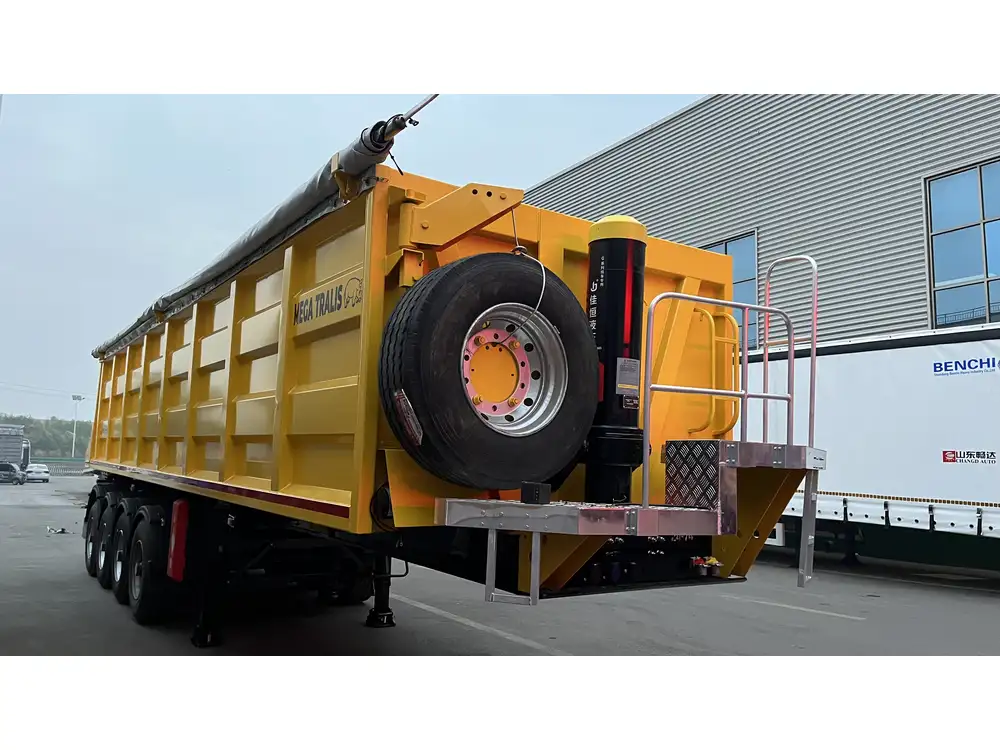
4. Legal Regulations
Each state has specific laws around trailer sizes, particularly regarding length, width, and height limits. Enhanced knowledge of these laws ensures compliance and reduces the risk of legal issues during transport.
Benefits of Using Flatbed Trailers
Versatility in Loading
One of the standout benefits of flatbed trailers is their easy loading capabilities. The open design permits loading from multiple angles, expediting the loading and unloading process. This versatility helps improve overall operational efficiency.
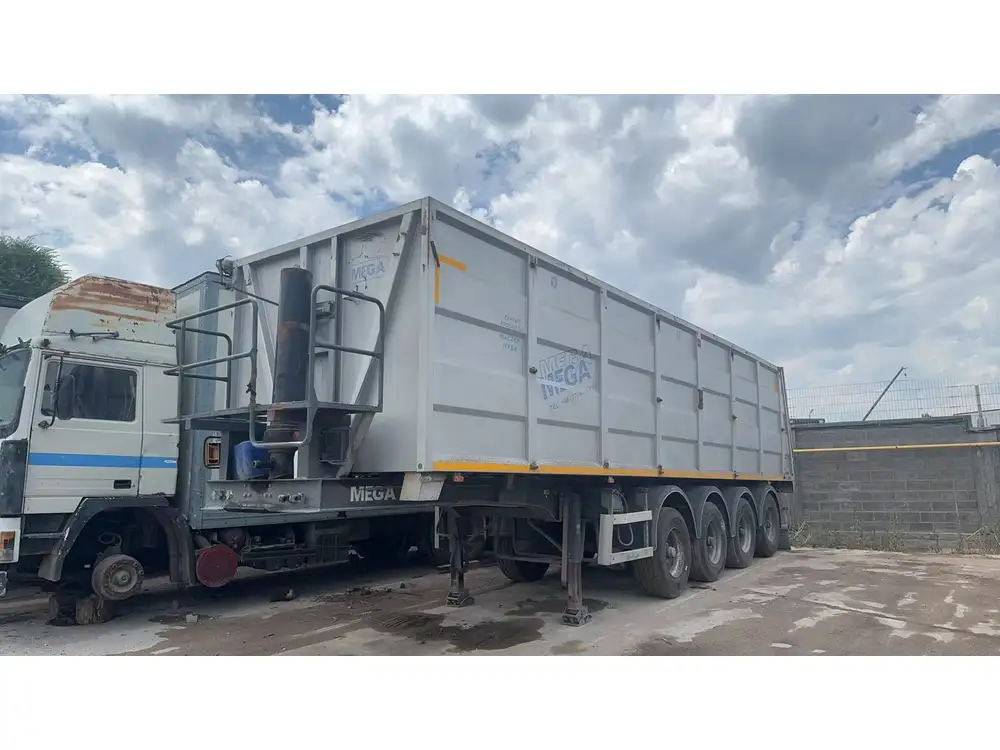
Cost-Effectiveness
Flatbed trailers often represent a cost-effective solution for transporting bulky goods. The absence of sides and roofs reduces trailer weight, thus enabling higher payloads and potentially lowering fuel costs.
Increased Stability
Flatbed trailers provide a stable platform for heavy loads. With the proper tie-down and securement techniques, cargo can be transported safely without the risk of shifting and compromising road safety.
Safety Considerations for Flatbed Trailers

Proper Load Securement
Ensuring that cargo is secured properly is of utmost importance. Utilize various securing methods:
- Tie-down Straps: Secure the load horizontally.
- Chains: Ideal for heavy machinery, offering robust support.
- Tarps: Protecting the load from elements, especially if it’s susceptible to weather damage.
Weight Distribution
Equally important is how weight is distributed across the trailer. Aim for even loading to maintain balance, preventing instability that could lead to accidents.
Regular Inspections
Conducting pre-trip inspections ensures that the trailer is in good condition. Check brakes, tires, lights, and framework to avoid mechanical failures during transit.

Choosing the Right Flatbed Trailer Size
Step 1: Analyzing Cargo Specifications
Start by identifying the dimensions and weight of the cargo. If it’s within the standard size limits, a conventional flatbed trailer would suffice. If not, consider alternatives like RGN or Step Deck.
Step 2: Consulting Manufacturer Specifications
Refer to the manufacturer’s documentation for detailed specifications on potential trailer sizes. Familiarity with specs ensures adherence to regulations and maximizes trailer utility.
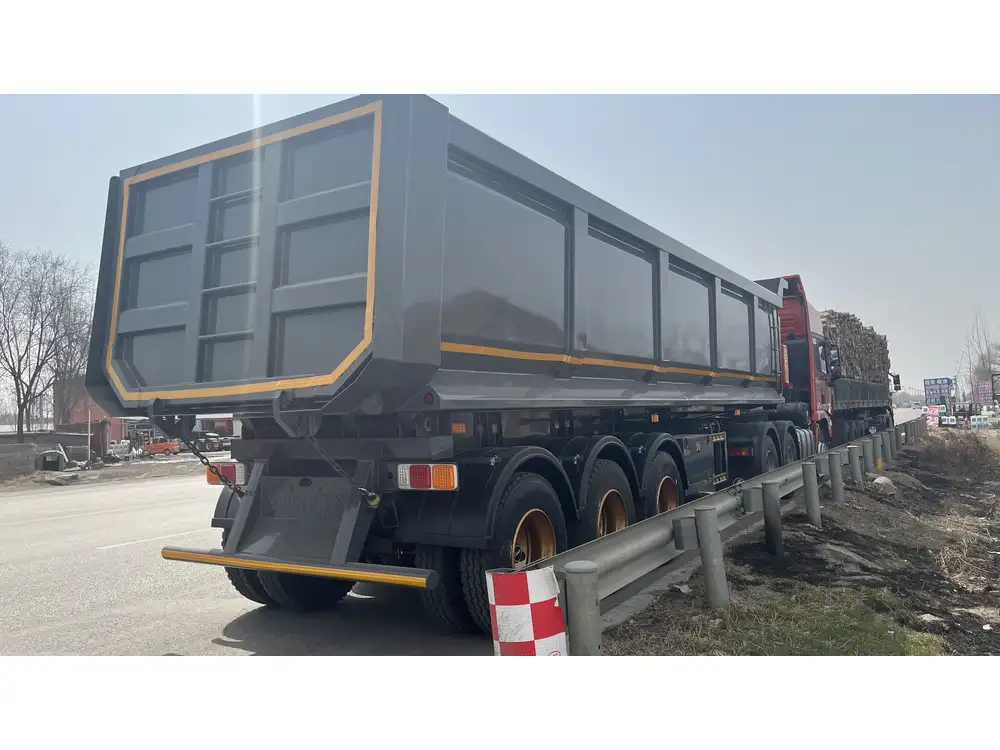
Step 3: Assessing Future Needs
Evaluating potential future loads during your decision-making process helps. Opting for a larger trailer might save on costs in the long run, allowing flexibility for varied cargo types.
Step 4: Feedback from Logistics Partners
Engage with logistics partners or companies that frequently utilize flatbed services. Their insights can provide valuable information on which trailer sizes work best for certain cargo.
Frequently Asked Questions (FAQs)
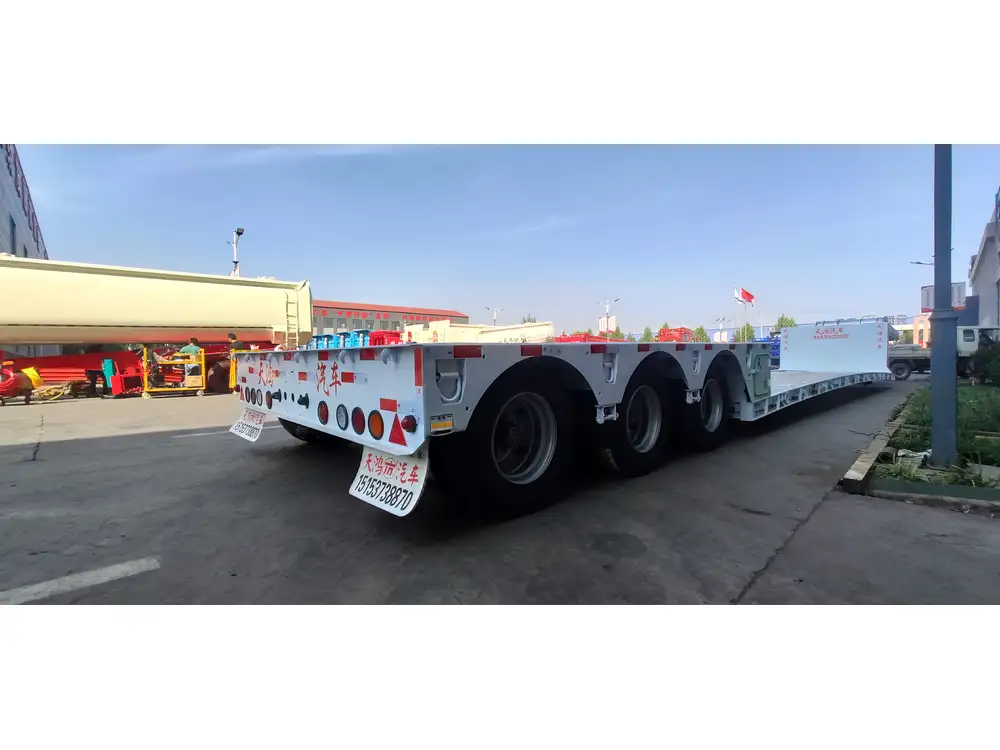
What is the standard length of a flatbed trailer?
The standard lengths for flatbed trailers typically range from 48 to 53 feet. However, certain specialized trailers may vary.
How much weight can a flatbed trailer carry?
Payload capacities generally range between 40,000 and 60,000 pounds, depending on the type and configuration of the trailer.
Are there legal restrictions on flatbed trailer sizes?
Yes, local and state regulations dictate maximum allowed trailer sizes, including length, width, and height. It’s essential to research these regulations before transport.
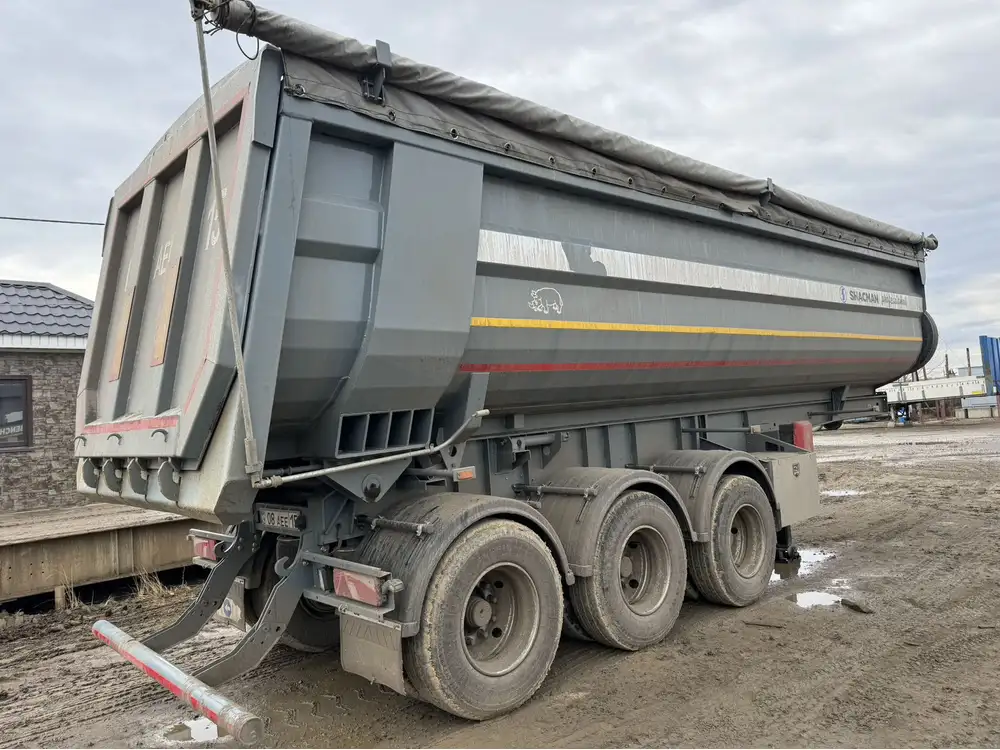
What types of loads are best suited for flatbed transport?
Flatbed trailers are uniquely suited for oversized loads, construction materials, and heavy machinery. Their open design offers flexibility that enclosed trailers do not.
Conclusion
Determining the right size of a flatbed trailer is crucial for both operational success and regulatory compliance. By considering the various factors outlined in this comprehensive guide—load dimensions, weight limitations, cargo type, legal restrictions, and safety measures—manufacturers and logistics managers can make informed decisions that enhance efficiency and safety in their transportation efforts.
The intricacies of flatbed trailer dimensions and uses serve only to underline the importance of thorough preparation before embarking on a freight operation. Engage with an experienced trailer supplier to gauge the best options tailored to your specific needs and operational constraints. Ultimately, a well-informed choice will lead you towards maximizing utility, adhering to legal standards, and ensuring the safety of your cargo throughout its journey.



